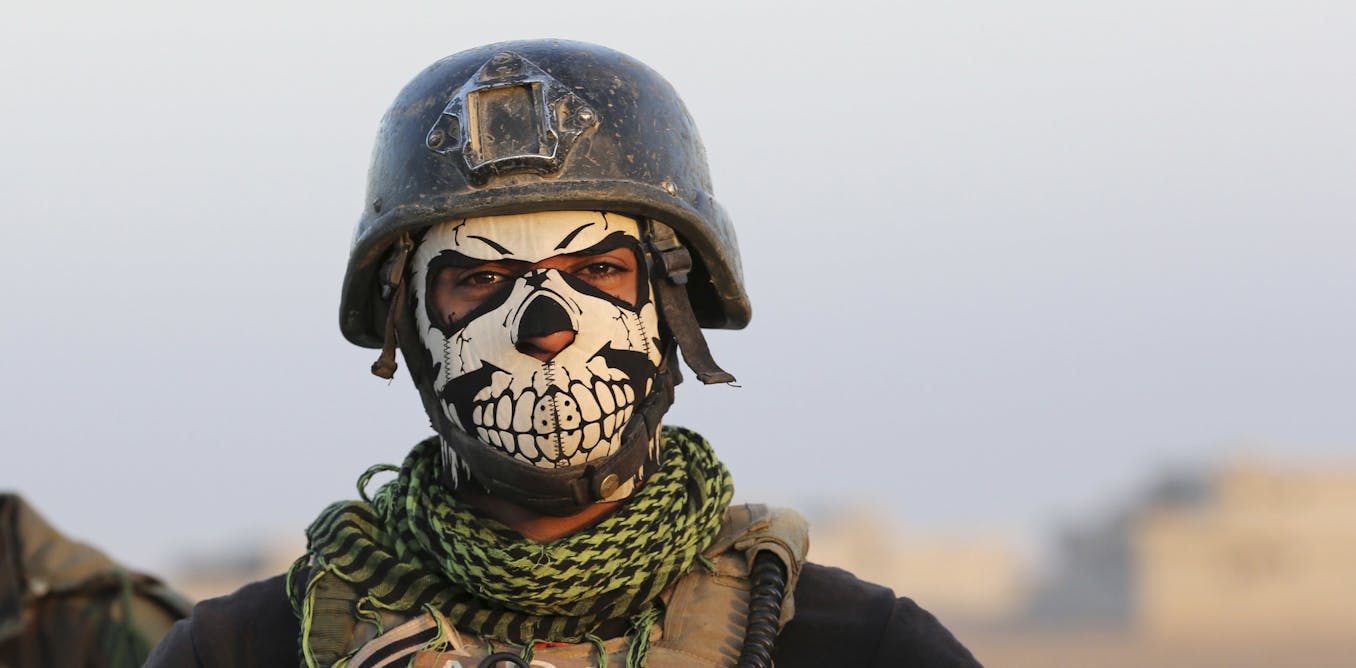Clear Military Discount - There are many possible scenarios where it may be necessary for you to clean a room on your own. Such a scenario is the result of a loss of communication with the rest of your team. Another scenario involves going back alone to a room approved by the team moments earlier because it became apparent that some item or detail of the task was overlooked during the first sweep. In this blog post, we discuss solo operator cleaning tactics and go over the basics of how to minimize the risk you face while "cutting the pie" without backup.
In this blog post: Introduction General Highlights of "Slicing the Pie" Relevance of Angles in Slicing the Pie Narrow Angle Progression to 45 Degrees Snapping to 90 Degrees 150 Degrees 180 Degrees Outro Introduction
Clear Military Discount
.png?fit=constrain&fmt=jpg&wid=2875)
In today's tactical space, it is a rarity to come across an empirically valid CQB system – let alone one created with human behavior and interaction as guiding lights.
Apple Watch Case
One such rarity is the innovative ITCQB system. Unlike most modern systems, ITCQB focuses on real-world scenarios and the various factors present in human-to-human encounters.
You may wonder why this is important if military and LE operators are trained to never be able to clear a room by themselves.
Consider this hypothetical. You and your team have just cleaned a room. Everyone has already exited and you will do the same when your eyes see a hidden door in a far corner. No one saw her when he cleaned the room.
Now the team is required to clear the next room, which means the job of clearing everything behind the hidden door falls to you - and you can't wait because, potentially, the ability to - the team securing the entire structure depends on you sweeping alone Right. now.
Military Discount On All Lodging At Pool House At Massanutten
"Sharpening the pie" is a technique for getting information about what's inside a room. This involves moving in a conical pattern around the top of a room's boundaries (usually its doors but also its windows).
In the beginning, you have zero visual information about possible threats or civilians inside. Most likely, all you have audible information is from listening to sounds and voices inside.
But don't ignore the intelligence you get with your ears: it can be enough to help you decide whether to put in or take out.

Among the things you control in a room clearance situation is the angle of entry. This angle is "measured" from the top of the door to the last line visible in the room.
Get To Your Gate Faster With Clear
Different angles present drastically different scenarios. Each scenario affects what you can control and do with the target's mobility in the room.
This is what is called extremely thin exposure in the room. Usually, you first encounter narrow angles when you walk along a wall that has a door built into it. You stepped into the narrow angle when you could see the door frame and a little inside the room.
While there may not be much available information waiting in that tight corner, there may be enough to give you valuable insight into what you'll encounter in the rest of the room.
For example, are there blood stains on the floor? Does the smoke impair visibility? Are there voices from within (and if so how many)?
Diversity In The High Brass
Align your hips with the wall as you step into the narrow angle and make sure your lead foot points toward the top of the door. Doing so will give you better exposure management, more coverage, and improved gate-threshold body sync. Most importantly, it will facilitate increased mobility because positioning your body with your hips against the wall allows you to remain fluid so you can move around the tight angle better and recover quickly if the situation calls for it.
The next relevant angle is 45 degrees. This is your point of contact with the side of the room even when you are hidden from the room. You're still gathering information about the room – say different compartments, multiple doors, or multiple targets.
Hold the gun down while cutting. This minimizes your exposure to the inside of the chamber and prevents the toe chamber from triggering.
This angle allows you to see the center of the room where people will likely be sitting unless we walk in on them.
Ways To Clear A Building With A Firearm
You may be familiar with the term "death funnel" and have heard it used to indicate the area between 45 and 135 degrees. But what exactly is a death funnel? It's a term for areas where you can easily see but can't easily engage/disengage targets in the room.
Despite the dangers of the deadly funnel, the 90 degree angle can be a valuable asset as it allows you to divide the room into two sections – one, the controlled area; the other, the uncontrolled area.
However, the 90 degree angle is more sensitive than the others. Even if you throw your firearm lightly, the target can still see its muzzle before it engages. The risk of exposure is worst when your angle is between 60 and 90 degrees.
A recommended solution is to snap as soon as you start to insulate up to 90 degrees. Do it in one step. That can leave a target that saw your muzzle considerably less time to react. It can also prevent the release of the chamber.
Ysw Armor Huawei Y6p Y7p Y8p Y5p P Smart 2020 Nova 6 Se 7i 5t P40 P30 Pro Military Blade Four Corners Shockproof Cases Clear Acrylic With Ring Stand Casing Transparent Covers
In traditional CQB, angles over 90 degrees are not detected. They are used in the ITCQB system to emphasize the increasing danger of progressive opening of the chamber.
From 90 to 150 degrees, you can reduce the risk of exposure by compressing the weapon when closing. Compression is accomplished by raising the stock higher on the shoulder while keeping the barrel down.
Compression does not hinder your reaction time. You will still be quick in the presentation of your weapon and by maintaining the positioning of your eyes on the line / weapon / leading leg, you will not find it necessary to use the sight.

This is called the "hard corner". Here, your goal is to fool the angle and see as much as you can from the room.
Just Got The Tank And Its Clear To Me I'll Play It A Lot, Should I Invest In The Camo?
As you approach the final part of the angle, attack the corner – which means stepping in quickly with your lead foot (flat and stable so you can recover if needed) and setting up your weapon.
One last step: after securing the last angle, look back over your shoulder to make sure there are no threats and you can attack from behind.
By focusing on five key angles as the golden rule, you can methodically and consistently clear rooms with a strong emphasis on reducing your exposure and therefore safety.
Strong foundations when slicing the pie are a necessity in both solo and room clearing. Once you understand the angles and their relevance, you can better understand what situation you can use to stop clearance, rescue and proactivity.
Air Force Still Struggling To Launch Working Performance Review System
Eli is a former SF member of the Israeli military. After his service, he founded the company Project Gecko, which specializes in tactical training and consulting.
Dell military discount, adidas military discount, verizon military discount, oakley military discount, ring military discount, under armour military discount, outdoor gear military discount, verizon business military discount, mattress military discount, military discount busch gardens, clear discount, military discount


0 Comments